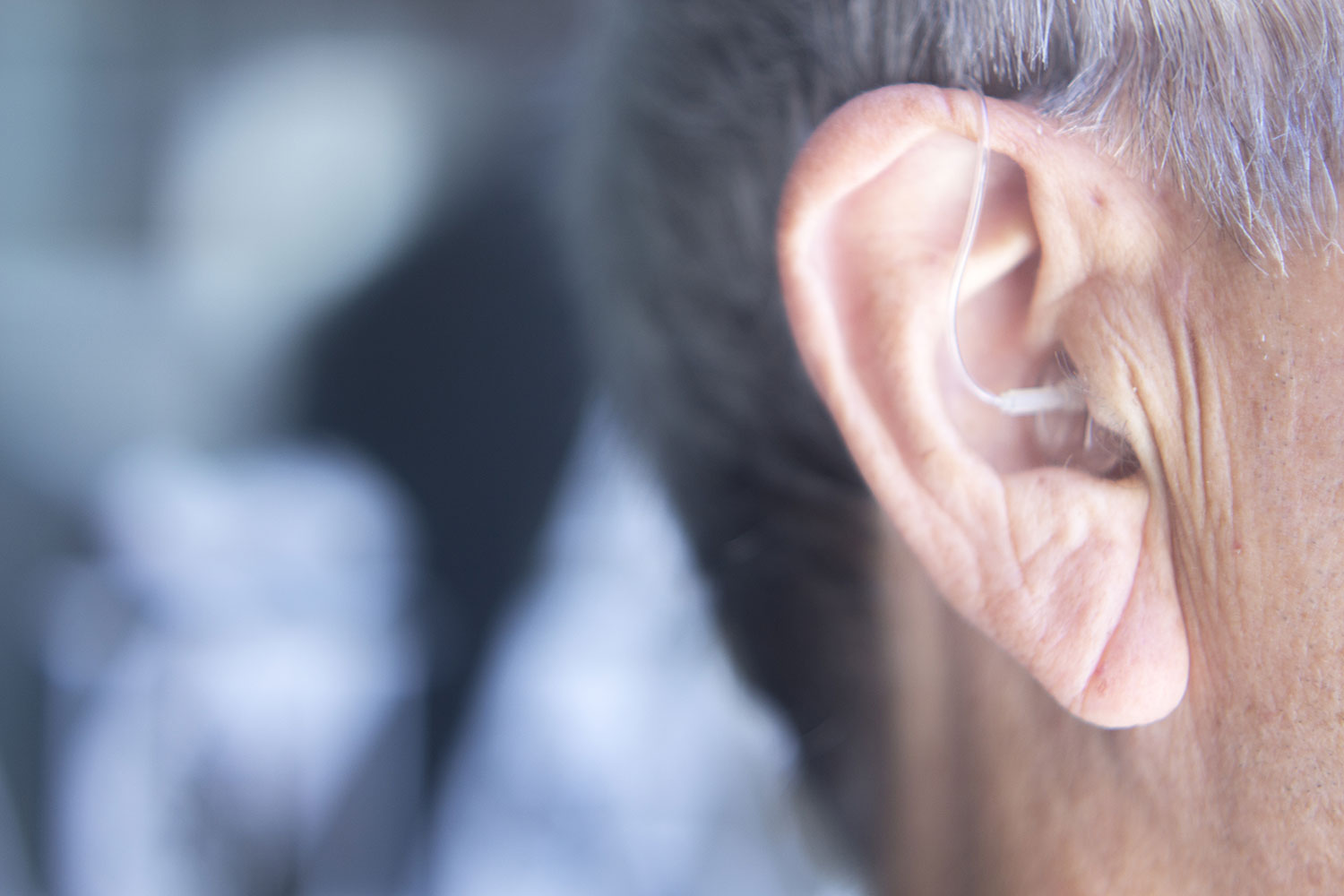You might not recognize the very first hearing aid if you saw it. “Ear trumpets” date all the way back to the 18th century, and were as rudimentary as you might imagine, consisting of a funnel-shaped tube that would amplify sound going into the ear. Today’s hearing aids are a bit different, with digital processors and rechargeable models available to the public.
Let’s take a trip down memory lane to see how such an unbelievable amount of progress was made in a few short centuries!
18th Century
Ludwig van Beethoven is one of the most famous and admired composers in history, and it is well-known that he suffered from hearing loss. Since Advanced Affordable Hearing was about 200 years away from being founded, he turned to friend Johann Maelzal to design an ear trumpet to improve his condition. Ultimately, Maelzal was unable to design anything that would cure Beethoven’s affliction, but his work was the foundation on which future technology would be developed.
19th Century
Miller Reese Hutchinson may be best known for his invention of the Klaxon horn, which was developed in response to concerns with increased automobile traffic in New York City in the early 1900’s. But a decade before, he was credited for inventing the first electrical hearing aid after extensive studying of the anatomy of the ear. However, his design was bulky and impractical for daily use, and therefore not commercially viable.
20th Century
As with almost every industry, the technology explosion of the 20th century was extremely beneficial to the development of hearing aids, fueled by necessity during World War II. One of the biggest advancements came in the form of transistors, which were developed in 1948 by Bell Laboratories. Transistors were seen as a promising new technology because, unlike the vacuum-tube hearing aids common at that time, they were able to perform better with less battery power used, reducing distortion significantly.
The next technological leap was made in the 1970’s with the introduction of the microprocessor. This allowed hearing aids to process information faster while the devices themselves got smaller and more consumer-friendly.
The 1980’s saw perhaps the most significant development, with digital technology emerging from its analog predecessor. Whereas analog hearing aids amplify all sounds, digital processing allows for better sound quality by converting sound waves to digital signals that can then be duplicated.
Today’s hearing aids boast additional technologies, such as recharging capabilities, noise reduction and Bluetooth connectivity features. No matter what features you’re looking for, Advanced Affordable Hearing has the perfect solution for you. Check out our current product lineup here, or give our care team a call today at 1-888-570-2740.
What improvements in hearing aids would YOU like to see? Let us know in the comments!


